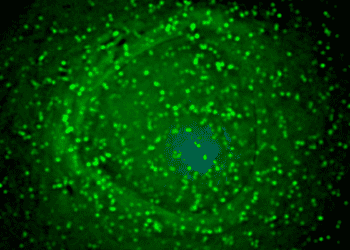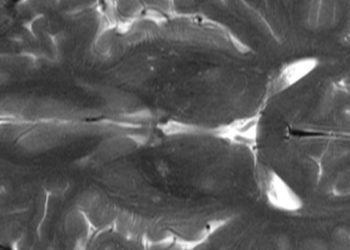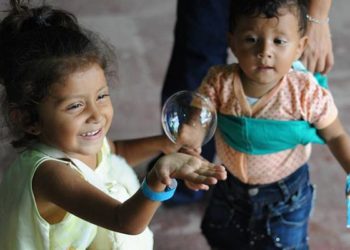Viral meningitis can be differentiated from abusive head trauma with demographic, history, and clinical findings
1. In this retrospective case-control study, there were significant differences between abusive head trauma (AHT) and viral meningitis across all assessed domains including demographics, history, and clinical findings.
2. This study provides compelling evidence that viral meningitis is not a close mimic of AHT.
Evidence Rating Level: 3 (Average)
Study Rundown: Abuse head trauma (AHT) is a leading cause of fatal head injury in children that requires careful consideration to differentiate it from other diagnoses. Viral meningitis is one mimic of AHT that is poorly characterized and remains difficult to differentiate from AHT. Researchers performed a 5-year retrospective case-control study to compare cases of viral meningitis with cases of subdural hemorrhage (SDH) that were suspicious for AHT. There were drastic differences between AHT and viral meningitis across all domains assessed, which included age, sex, insurance status, neurological findings, infectious findings, mental status changes, presence of acute symptoms, and need for intensive care or intubation. This study has several notable limitations such as the retrospective design, the small sample size for cases of AHT, and predominance of enterovirus and parechovirus as causes of viral meningitis. Overall, the study suggests that awareness of history, clinical, and demographic differences are helpful in differentiating AHT from viral meningitis, and that the two conditions do not usually mimic one another. Further studies are required to validate these findings in external patient cohorts and in the setting of other etiologies that can cause viral meningitis.
Link to Article: Click here to read the article in PEDIATRICS
Relevant Reading: Nonaccidental head injury is the most common cause of subdural bleeding in infants <1 year of age
In Depth [Retrospective cohort]: This study was conducted between January 2014 and December 2018 using retrospective data from pediatric patients (age < 2 years) at Children’s Mercy Kansas City presenting with subdural hemorrhage suspicious for AHT. 576 subjects were enrolled with 407 being confirmed viral meningitis controls and 169 evaluated by the child abuse pediatric team. Of the 169 cases, 118 were classified as SDH cases with concomitant suspicious injury (CSI). Across demographic factors, AHT cases differed from viral meningitis controls in terms of sex (more likely male, p=0.02), age (younger age, p<0.001), insurance status (less coverage, p<0.001), and have an unrelated caregiver at home (OR 9.5, 95% CI 4.5-19.9). In the HPI domain, the most significant differences were that AHT subjects were more likely to be afebrile (OR 322.5, 95% CI 121.0-859.3), have mental status change (OR 152.8, 95% CI 58.5-399.7), and have at least 1 acute symptom (OR 59.1, 95% CI 31.6-110.5),). In the clinical domain, AHT subjects were more likely to have abnormal neurologic status (OR 24.6, 95% CI 13.7-44.0), require intubation (OR 62.4, 95% CI 18.8-207.1), and have a low to normal white blood cell count suggesting a lack of infectious findings (OR 74.0, 95% CI 194.-282.9). In terms of clinical outcomes, AHT patients were more likely to require intensive care OR 19.1, 95% CI 11.8-33.5), and have abnormal neurological status at discharge (p<0.001).
Image: PD
©2022 2 Minute Medicine, Inc. All rights reserved. No works may be reproduced without expressed written consent from 2 Minute Medicine, Inc. Inquire about licensing here. No article should be construed as medical advice and is not intended as such by the authors or by 2 Minute Medicine, Inc.







